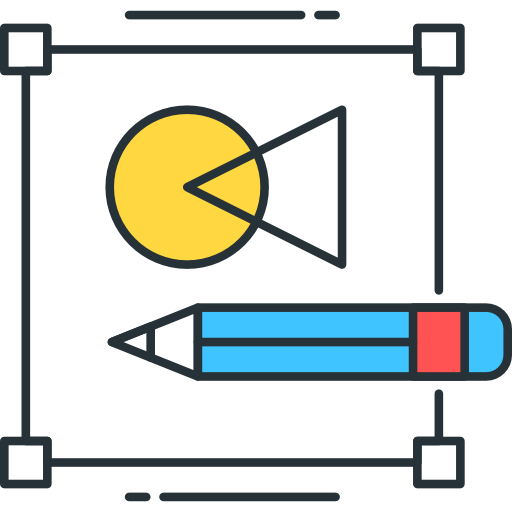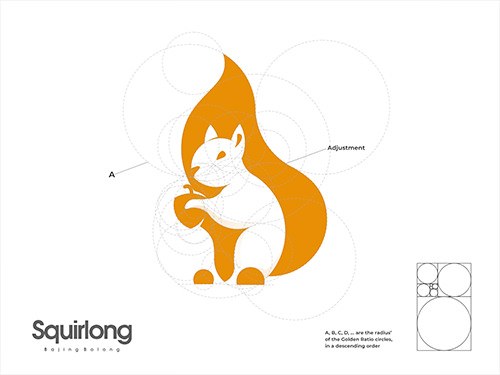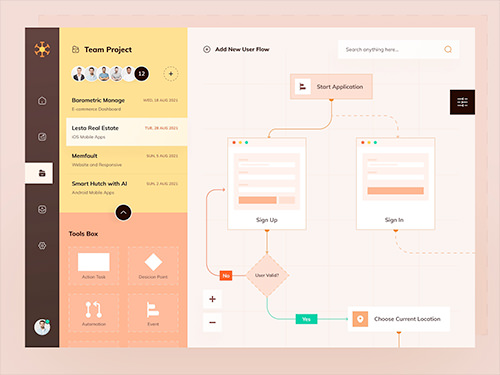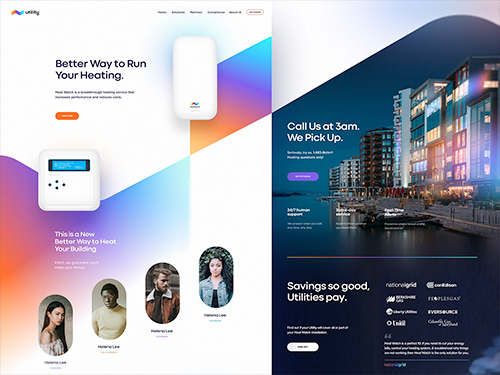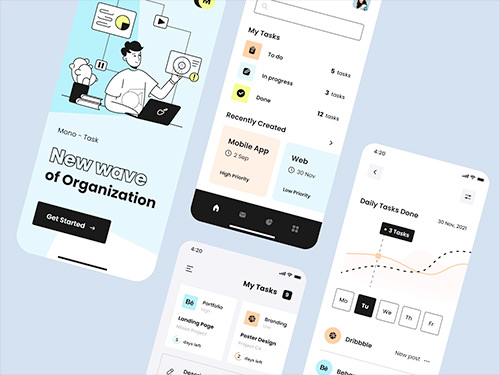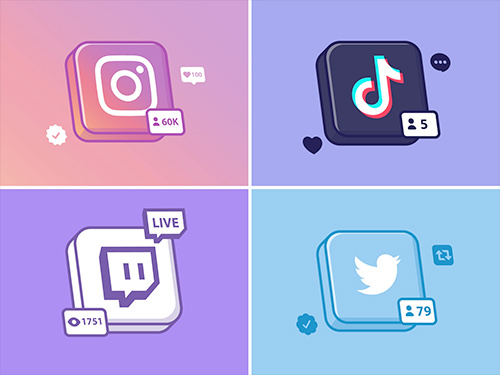- About
Get in touch with Webstring
- Services
- Technology
- Our Work
- Methodology
UI/UX
User Experience (UX)
As a UX designer, I am sure you have been asked many times “What process do you follow when designing apps and websites?” There is a simple reason why this question is so popular among designers: UX process is a cornerstone of UX design. Without a solid UX design process, you have a lower chance of creating a product with good UX. A well-defined and well-executed UX process, on the other hand, makes it possible to craft amazing experiences for users.
Most designers are familiar with the concept of “design thinking” as a UX process. This process has five stages in it: empathize, define, ideate, prototype, and test. Most design processes originate from this concept.
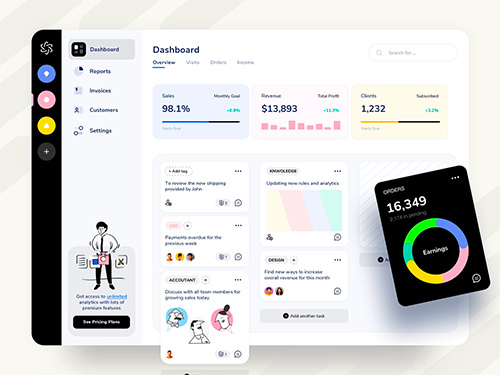
Software UX
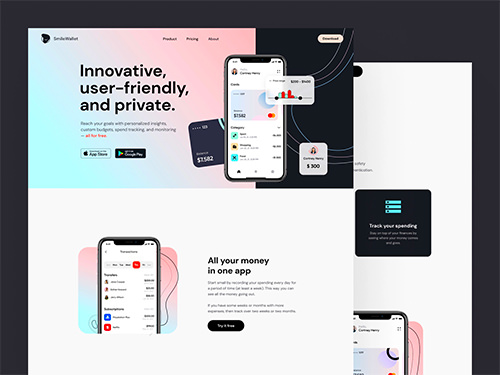
Web UX

App UX
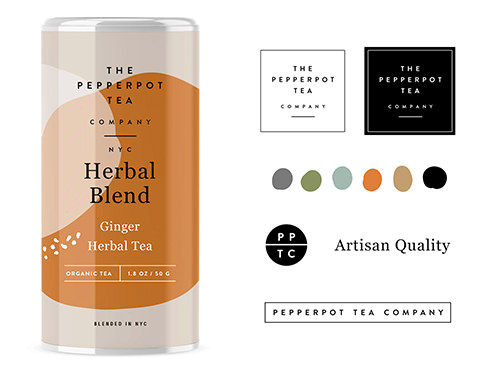
Product UX
UX Design Process
Phase 1
Product definition
One of the most important phases in UX design is actually done before the product team creates anything. Before you can build a product, you need to understand its context for existence. The product definition phase sets the foundation for the final product. During this phase, UX designers brainstorm around the product at the highest level (basically, the concept of the product) with stakeholders.
Phase 1
Phase 2
Product research
Once you’ve defined your idea, the product team moves to the research phase. This phase typically includes both user research and market research. Seasoned product designers think of research as a good investment—good research informs design decisions and investing in research early in the process can save a lot of time and money down the road.
Phase 2
Phase 3
Analysis
The aim of the analysis phase is to draw insights from data collected during the research phase, moving from “what” users want/think/need to “why” they want/think/need it. During this phase, designers confirm that the team’s most important assumptions are correct.
Phase 3
Phase 4
Design
When users’ wants, needs, and expectations from a product are clear, product designers move to the design phase. At this step, product teams work on various activities, from creating information architecture (IA) to the actual UI design. An effective design phase is both highly collaborative (it requires active participation from all team players involved in product design) and iterative (meaning that it cycles back upon itself to validate ideas).
Phase 4
Phase 5
Validation (Testing)
Validation is an essential step in the design process because it helps teams understand whether their design works for their users. Usually, the validation phase starts after the high-fidelity design is ready, since testing with high-fidelity designs provides more valuable feedback from end-users). During a series of user testing sessions, the team validates the product with both stakeholders and end-users.
Phase 5
Embrace the iterative nature of the design process
UX design isn’t a linear process; it’s an iterative process. The phases of the UX process have considerable overlap and usually there is a lot of back-and-forth. Take research and design as an example: as the UX designer learns more about the problem and the users, he or she might want to rethink some design decisions. It’s important to accept the fact that your design will never be perfect, so take your time to research the needs of your users and make your product a bit better for them.

